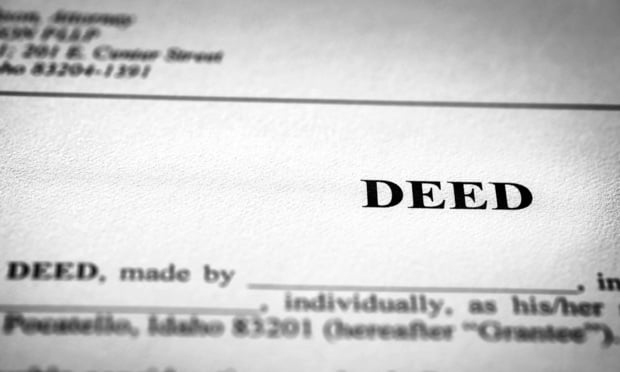Law.com Subscribers SAVE 30%
Call 855-808-4530 or email [email protected] to receive your discount on a new subscription.
Potential Antitrust Risks When Using AI-Driven Pricing Tools
Artificial intelligence is everywhere and in every business. In numerous industries, these tools can offer significant benefits to companies. For example, in the hospitality industry, these tools can optimize prices and improve vacancy rates. Even better, these helpful tools come with no legal risk, right? Not necessarily.
In fact, though a complicated and uncertain area, multiple federal courts have permitted price-fixing claims to proceed based on competitors’ common usage of the same algorithmic software tool, and the U.S. Department of Justice has taken the position that coordination of competition through an algorithm is no less illegal than direct collusion. As a result, companies need to seriously consider the potential antitrust risks when using AI-driven or algorithmic software-based third-party services for things such as pricing or inventory management. These tools can increase efficiency, but, depending on specifics, can also lead to serious antitrust risks.
Why Is It Risky?
As an initial matter, all businesses should know that competitors cannot lawfully coordinate to set their prices. In the traditional sense, that would mean competitors directly communicating and reaching an agreement about their prices or output. However, antitrust law applies equally to indirect agreements reached through a common agent — or hub. For example, multiple competitors agreeing to coordinate their pricing through use of the same agent would be legally no different than such competitors reaching that same agreement directly. In antitrust parlance, this is known as a “hub and spoke” conspiracy because the direct agreements are between each competitor (or spoke) and the common “hub,” but each such “spoke” proceeds at least in part because it understands that its competitors are entering parallel agreements with the “hub” that will facilitate the desired coordination.
This premium content is locked for Entertainment Law & Finance subscribers only
ENJOY UNLIMITED ACCESS TO THE SINGLE SOURCE OF OBJECTIVE LEGAL ANALYSIS, PRACTICAL INSIGHTS, AND NEWS IN ENTERTAINMENT LAW.
- Stay current on the latest information, rulings, regulations, and trends
- Includes practical, must-have information on copyrights, royalties, AI, and more
- Tap into expert guidance from top entertainment lawyers and experts
Already a have an account? Sign In Now Log In Now
For enterprise-wide or corporate acess, please contact Customer Service at [email protected] or 877-256-2473

Major Differences In UK, U.S. Copyright Laws
This article highlights how copyright law in the United Kingdom differs from U.S. copyright law, and points out differences that may be crucial to entertainment and media businesses familiar with U.S law that are interested in operating in the United Kingdom or under UK law. The article also briefly addresses contrasts in UK and U.S. trademark law.

The Article 8 Opt In
The Article 8 opt-in election adds an additional layer of complexity to the already labyrinthine rules governing perfection of security interests under the UCC. A lender that is unaware of the nuances created by the opt in (may find its security interest vulnerable to being primed by another party that has taken steps to perfect in a superior manner under the circumstances.

Strategy vs. Tactics: Two Sides of a Difficult Coin
With each successive large-scale cyber attack, it is slowly becoming clear that ransomware attacks are targeting the critical infrastructure of the most powerful country on the planet. Understanding the strategy, and tactics of our opponents, as well as the strategy and the tactics we implement as a response are vital to victory.

Legal Possession: What Does It Mean?
Possession of real property is a matter of physical fact. Having the right or legal entitlement to possession is not "possession," possession is "the fact of having or holding property in one's power." That power means having physical dominion and control over the property.

The Stranger to the Deed Rule
In 1987, a unanimous Court of Appeals reaffirmed the vitality of the "stranger to the deed" rule, which holds that if a grantor executes a deed to a grantee purporting to create an easement in a third party, the easement is invalid. Daniello v. Wagner, decided by the Second Department on November 29th, makes it clear that not all grantors (or their lawyers) have received the Court of Appeals' message, suggesting that the rule needs re-examination.

